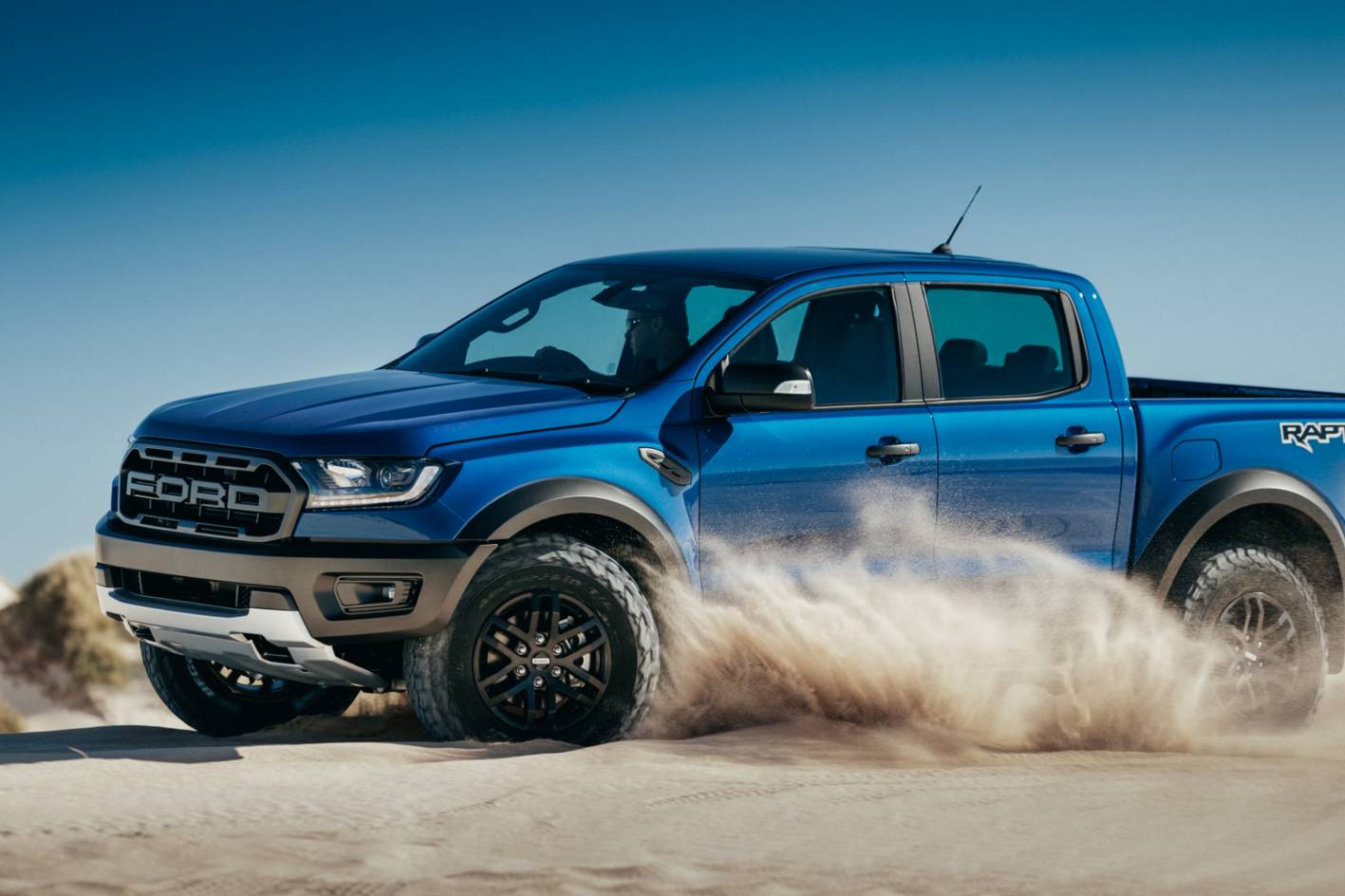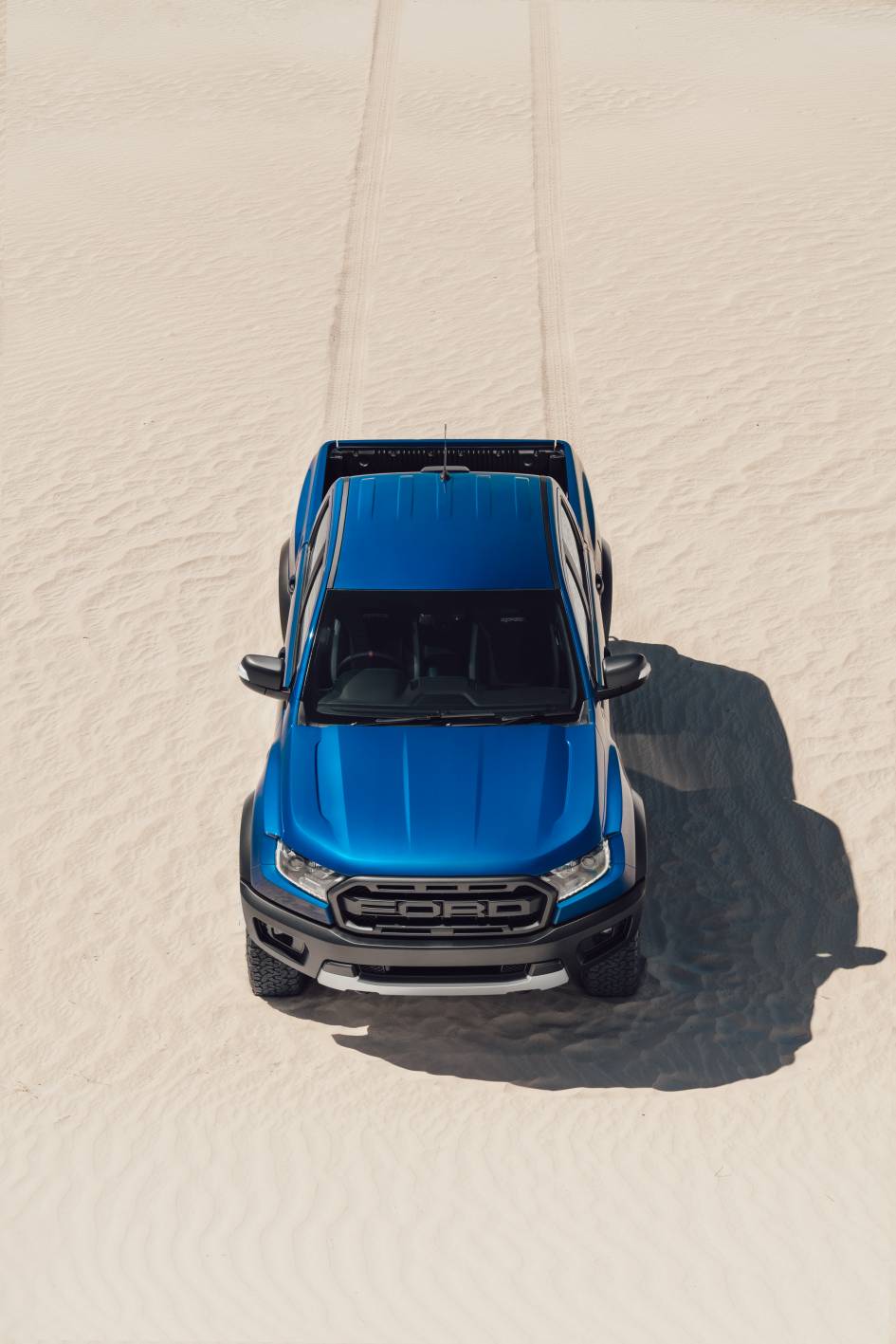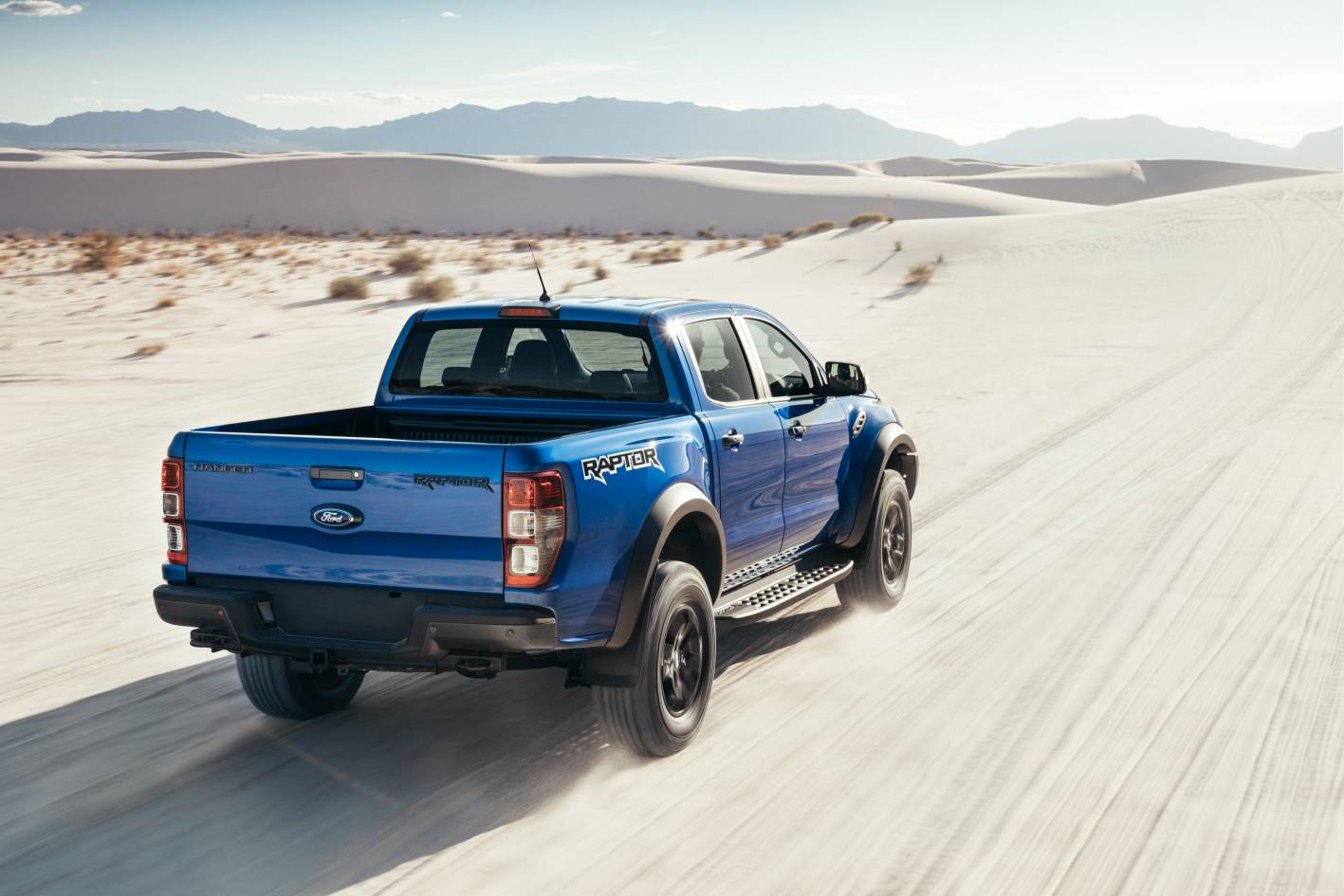Hawkish fans' Raptor comment noted
/Ford NZ is taking note of what its Facebook fans are saying about the new Ranger Raptor.




NUMEROUS fan posts on Ford New Zealand’s Facebook page lamenting that the Raptor version of the Ranger has a smaller, less potent engine than they’d hoped for has not rattled the brand.
The site has been flooded with comment – verging from the mildly critical to the outright obnoxious – with the response starting up within minutes of the new model’s global announcement on February 7.
Much centres on the new flagship coming with a 2.0-litre four-cylinder bi-turbodiesel that creates little more power and torque than the 3.2-litre five-cylinder turbodiesel that has been the mainstay motor in New Zealand since Ranger came out almost four years ago.
The tenor of response suggests many Ranger fans were confident the one-tonner would come out with the same engine that goes into the namesake F-150 Raptor for North America.
The F-150 runs with a 3.5-litre bi-turbo petrol V6, cracking out 335kW and 691Nm – a huge leap over the Ranger edition, whose 157kW and 500Nm of torque represents an 8kW and 20Nm gain over the outputs from the 3.2.
Ford has not explained whether the V6 was suitable for installation in the Ranger, but it has ventured thought that the decision to go with a 2.0-litre was potentially swayed by well-established preferences in Thailand, which as well as being where the truck is built is also the biggest market for the model.
MotoringNZ was reminded that, even though Ranger is such a firm favourite in NZ that it potentially captures the highest global popularity anywhere in respect to buyers per head of population, we are still small fry compared to its source country.
More than 100,000 of the current model 134,000 Rangers built have remained in Thailand, and almost all of them have the 2.2-litre turbodiesel that is only offered here on special order, and even then restricted to a base model. It has been suggested that Ford would have considered this when determining the final engine choice.
That explanation is unlikely to be of interest to Kiwi fans. Publishable examples of their comment range from “disappointing” and “bit of a letdown” to “what a waste of what it could have been.”
Ford NZ corporate communications manager Tom Clancy says the comment has been noted at the operation’s Auckland headquarters and was “definitely not being shrugged off.”
He acknowledged that it will “no doubt be a challenge to convince those people” when the new model lands in quarter three as a new flagship for an as yet undisclosed price.
“No doubt the engine has blown people’s minds here in NZ (and Australia).
“But we are confident in the Ranger Raptor and we are confident that when they get a go at driving it change quite a few minds.”
He cited comment made at the vehicle’s launch by Ford’s Performance chief engineer.
Clancy said Jamal Hameedi had commented that “if you're focused on the power ... you don't get the Raptor.”
Ranger Raptor is about capability, not in a single area, but as an overall package, Clancy added.
“The balance, the way the components – from the suspension to the most advanced powertrain yet offered in a Ranger – work to complement each other means that we’re not focussed on numbers, but overall capability and performance.”
He also reminded this is not the first time Ford has downsized engines.
“Ford did it with the Ford GT, moving from the traditional V8 to a V6. That also blew people’s minds and caused great angst. However, the result has been fantastic.
“Ford also put smaller EcoBoost engines into the F-150. Again people were shocked. Those are now the top selling variants.
“The Ford engineers have proved they know how to do this.”
Clancy reinforced that the Raptor is an addition to the range.
“It is separate and additional to the Wildtrak. As is the Raptor power train. The 3.2 will continue across the other variants.”
















